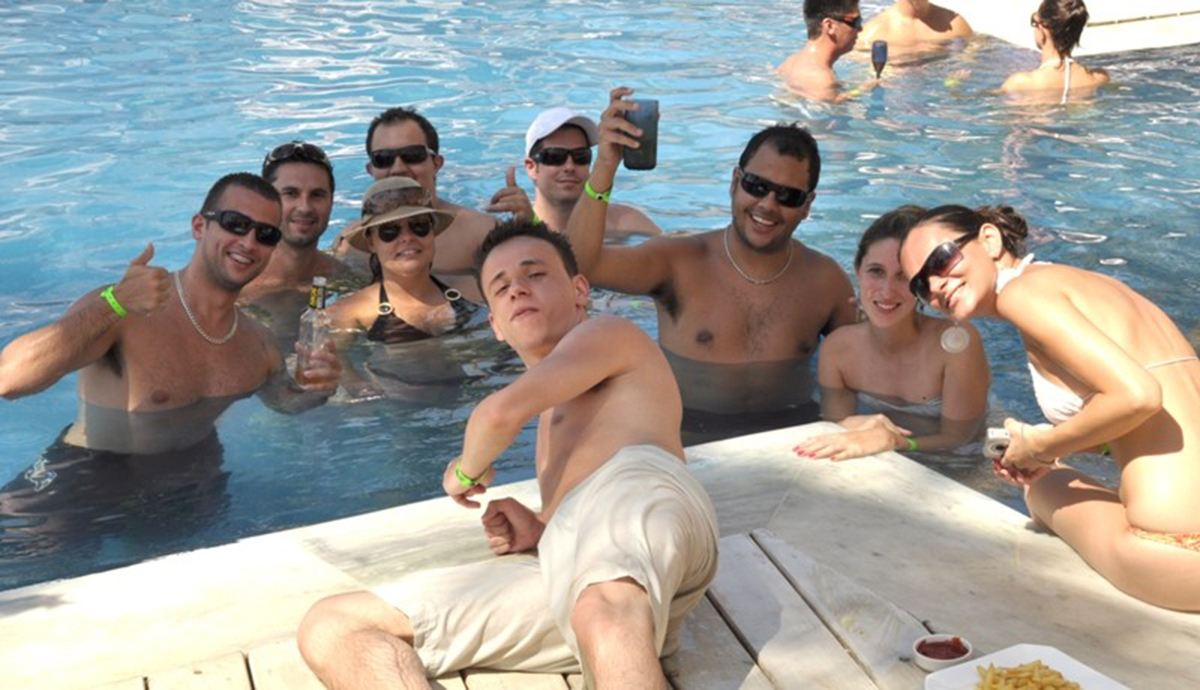Table of Contents
The recent research study has focused on how alcohol increases the risk for the development of melanoma, the strongest and most deadly of all the skin cancers. Sunburn, the UV light-mediated damage to the skin, is the most common and dangerous risk factor for melanoma. Sunburns can be caused not only by sunlight but also by the excessive use of tanning beds. In the summer months on the beach, burns are quite common. With the sun reflecting off water, sand, and concrete, sun burns can be obtained particularly easily. Researchers have done so-called meta-analysis, the study that combined together the results of 16 previous studies that examined the relationship between the alcohol consumption and the sun burn severity. With the participants of the meta-analysis categorized into “light drinking” and “moderate-to-heavy drinking”, the results showed that the consumption of alcohol was positively associated with the risk of developing melanoma.

The study demonstrates a need to further educate the public about the potential dangers of drinking while being exposed to the sun.
Sun protection is the key for melanoma prevention
Convincing research data suggesting the dangers of sun exposure combined with the consumption of alcohol once more emphasize the need for the skin protection against UV irradiation. Sunblock with a strong SPF rating is the first step in protecting the skin from the sun’s UV rays. Higher SPF ratings are more effective than lower ratings. Creams and lotions are more effective for the protection of the skin than the spray lotions. When swimming or getting wet, be sure to reapply according to the directions on the sunblock bottle – most sunblock are not “waterproof”. When partying outdoors in the summer or having a fun time at the beach, moderation in alcohol consumption can help avoid severe sunburns. Avoiding the over-consumption of alcohol can help keep the skin healthy and free from damaging cancer. Type of alcohol consumed does not have significant influence on the risk level – what really matters is the total quantity of alcohol consumed and the general level of consumption on the long-term basis.
Tanning beds, when used extensively, may also pose a risk for skin cancer and melanoma. These days, most tanning beds and tubes are equipped with the UV lamps that do not generate the most dangerous type of UV light with shorter wavelength. But the skin of some people is more sensitive to the UV rays, and the extensive exposure even to milder UV irradiation might be dangerous for them.
Both popular media and scientific literature strongly emphasize the dangers of UV irradiation from the sun. But exposure to the sun is not (and should not be treated as) only the source of potential health risks.
See Also: Natural sunburn protection
Avoidance of the sun may have negative consequences via depriving body from the positive effects associated with sunbathing. Like with many other things in life, moderation is the key to avoiding problems.
- Freedman, DM, Sigurdson, A, Doody, MM, Rao, RS, Linet, MS (2003) Risk of melanoma in relation to smoking, alcohol intake, and other factors in a large occupational cohort. Cancer Causes Control, vol 14, issue 9, pp. 847-857
- Kubo, JT, Henderson, MT, Desai, M, Wactawski-Wende, J, Stefanick, ML, Tang, JY (2014) “Alcohol consumption and risk of melanoma and non-melanoma skin cancer in the Women’s Health Initiative”, Cancer Causes & Control, vol. 25, issue 1, pp. 1-10
- Murphy, SL, Xu, J, Kochanek, KD (2012) Deaths: Preliminary Data for 2012, National Vital Statistics Reports, vol. 60, no. 4, pp. 1-51
- Rota, M, Pasquali, E, Bellocco, R, Bagnardi, V, Scotti, L, Islami, F, Negri, E, Boffetta, P, Pelucchi, C, Corrao, G, La Vecchia, C (2014) Alcohol drinking and cutaneous melanoma risk: a systematic review and dose-risk meta-analysis, British Journal of Dermatology, vol. 170, issue 5, pp. 1021-1028.
- Photo courtesy of Ross by Flickr : www.flickr.com/photos/89441501@N08/8136497079
- Photo courtesy of Sea Club Ilhabela by Flickr : www.flickr.com/photos/44282322@N07/4406706840


Your thoughts on this